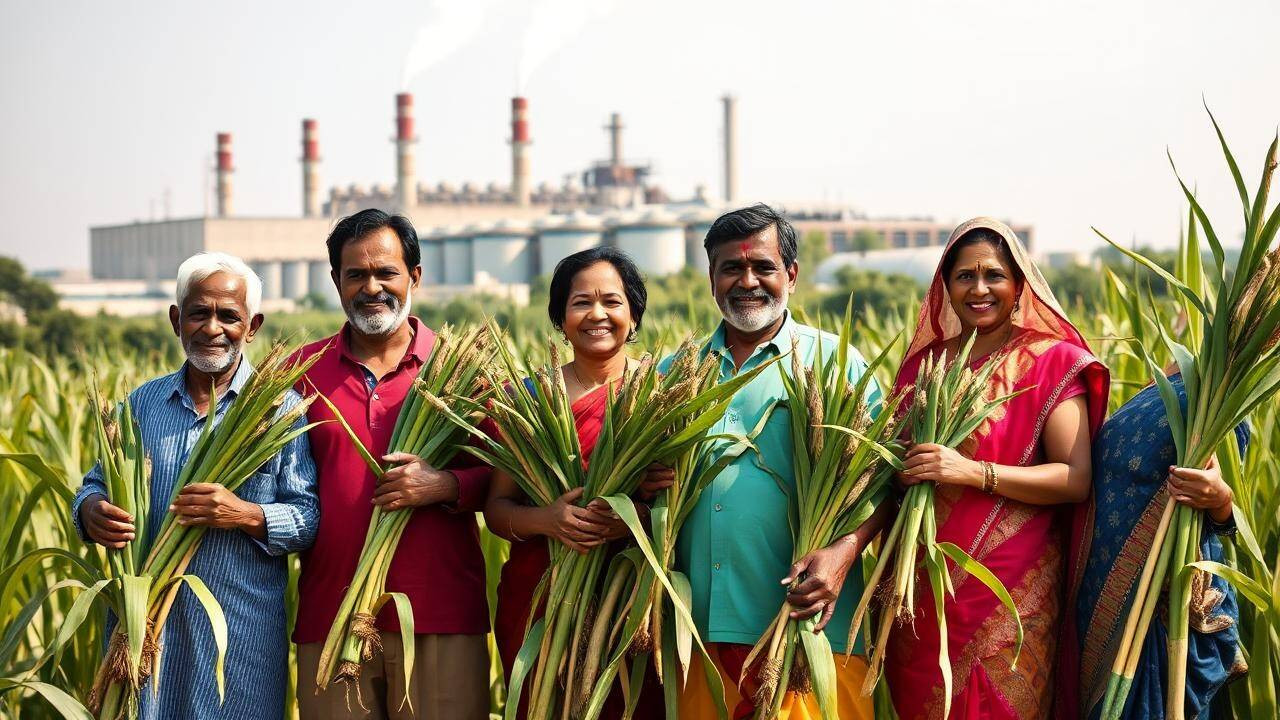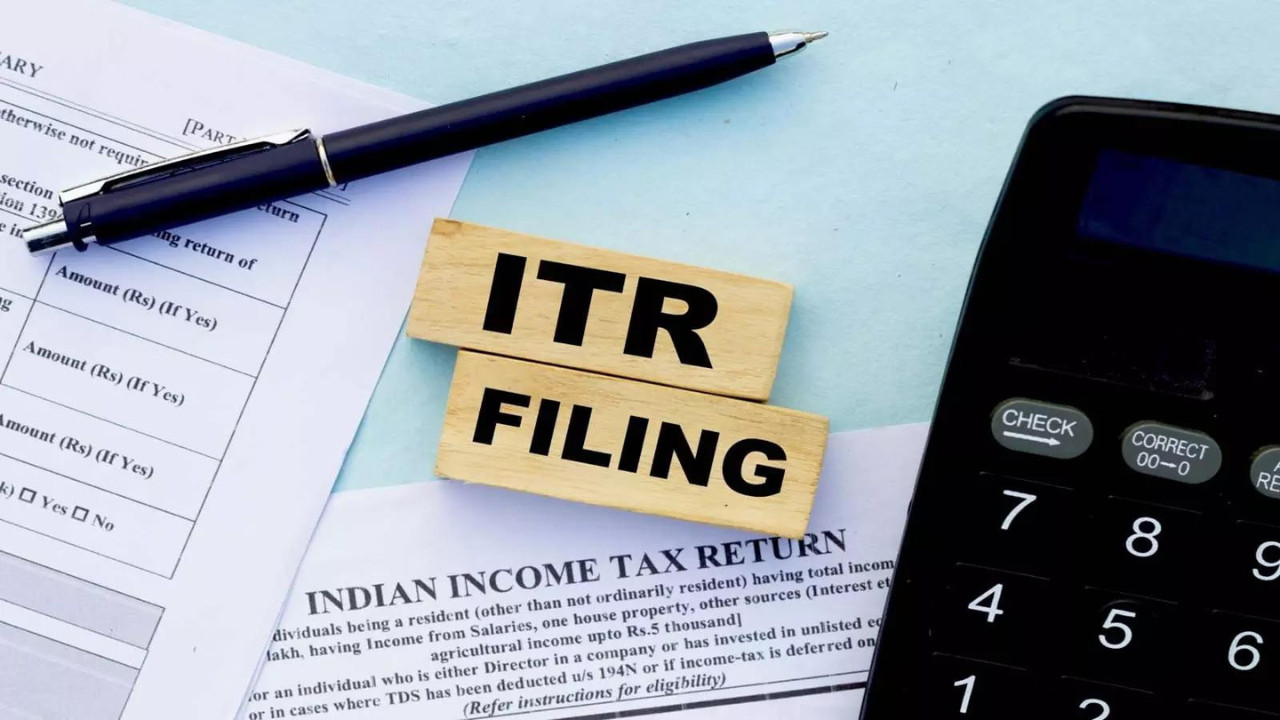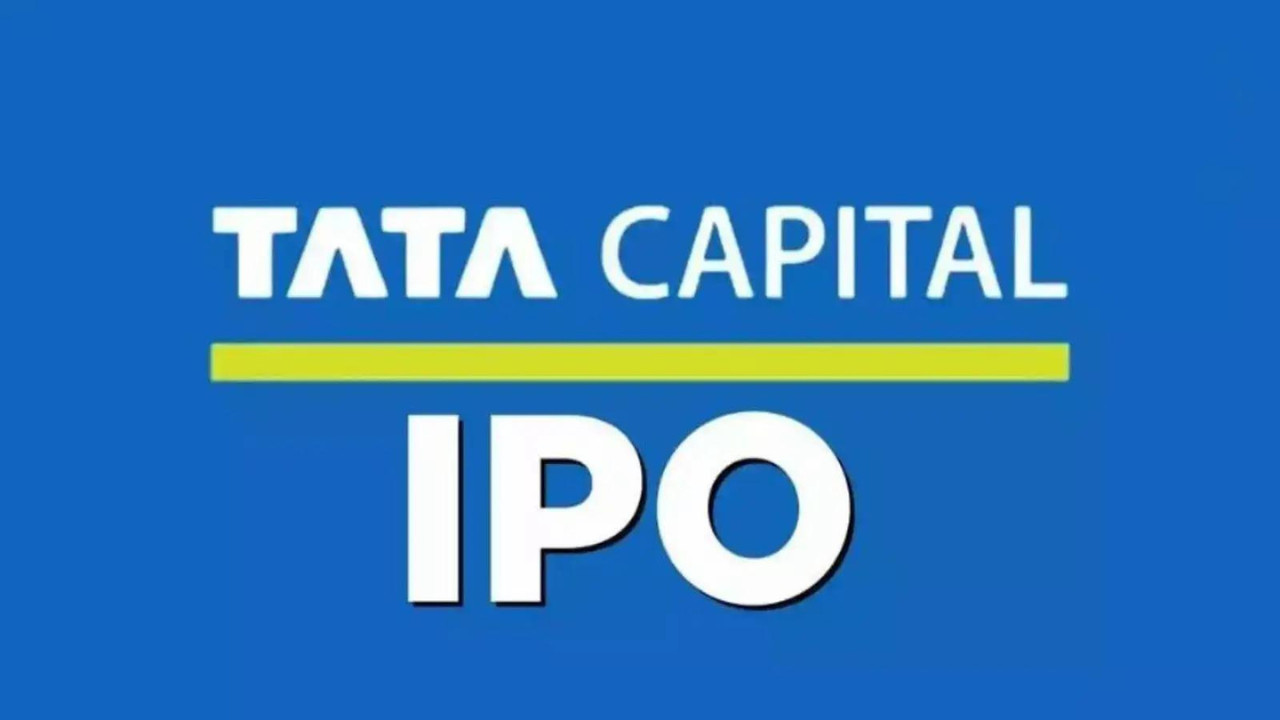India’s sugar industry is celebrating the removal of ethanol production restrictions starting in the 2025-26 Ethanol Supply Year. This decision, welcomed by associations like ISMA and AISTA, is expected to boost farmer payments, stabilize sugar prices, and allow mills greater flexibility.
Sweet News for Farmers: Ethanol Production Gets a Big Boost
India’s sugar industry is buzzing, and it’s not just because of the sweet stuff. The government recently made a game-changing decision, removing the cap on sugar used for ethanol production. This move has significant implications, potentially reshaping the agricultural landscape and offering a sweeter deal for sugarcane farmers. What does this mean for the future? Let’s dive in.
For years, a limit existed on how much sugar could be diverted towards ethanol production, a biofuel blended with gasoline. This constraint often left sugar mills struggling with excess stock, impacting sugarcane prices and creating financial hardship for farmers. Imagine harvesting a bountiful crop only to find that the market can’t absorb it all. That’s been the reality for many in the sugarcane industry. Now, that reality is changing.

Why Unleash the Ethanol Potential?
The government’s decision stems from a multi-pronged approach. First, it’s a major push towards energy independence. By increasing ethanol production and blending it with gasoline, India can reduce its reliance on imported crude oil. This bolsters national energy security and reduces the strain on the national exchequer.
Second, this move directly benefits farmers. With sugar mills now free to utilize more sugarcane for ethanol production, demand for the crop is expected to rise. This increased demand translates to better prices for sugarcane, ensuring a more stable and profitable income for farmers. It’s a classic supply-and-demand scenario, and the farmers are poised to be the winners.
Finally, increased ethanol production contributes to a cleaner environment. Ethanol is a renewable fuel source that produces fewer greenhouse gas emissions compared to gasoline. By promoting ethanol blending, India is taking a step towards a greener and more sustainable future.
A Win-Win-Win Situation?
The sugar industry is understandably jubilant about this development. Mill owners see it as an opportunity to diversify their revenue streams and reduce their dependence on the volatile sugar market. They can now invest in ethanol production facilities and create a more stable business model.
However, some are cautious. Concerns have been raised about ensuring a balanced approach. Will there be enough sugar left for domestic consumption and export commitments? Will this lead to a shift away from sugar production, potentially impacting the food industry? These are valid questions that need careful consideration and proactive management. The government will need to closely monitor sugar availability and adjust policies as needed to maintain equilibrium.
The Road Ahead for Ethanol and Sugar
The removal of the sugar cap is not just a one-time event; it’s a signal of a long-term commitment to promoting biofuels and supporting the agricultural sector. The government is actively encouraging investment in ethanol production infrastructure and offering incentives to sugar mills to embrace this transition.
This decision also aligns with India’s broader goals of achieving sustainable development and reducing its carbon footprint. By promoting the use of biofuels, India is positioning itself as a leader in the global effort to combat climate change.
Learn more about sustainable energy initiatives in India on our energy blog.
A Sweet Conclusion for Ethanol
The government’s move to lift the sugar cap for ethanol production is a bold and potentially transformative decision. While challenges remain, the potential benefits for farmers, the sugar industry, and the environment are significant. It represents a positive step towards a more sustainable and prosperous future for India’s agricultural sector. Ultimately, the success of this initiative hinges on careful planning, effective implementation, and a commitment to ensuring a balanced and equitable outcome for all stakeholders. The future looks promising, but diligent oversight will be key to ensuring that the sweetness is shared by all.
“`html

“`
“`
slug: ethanol-production-boost-indian-farmers
“`







